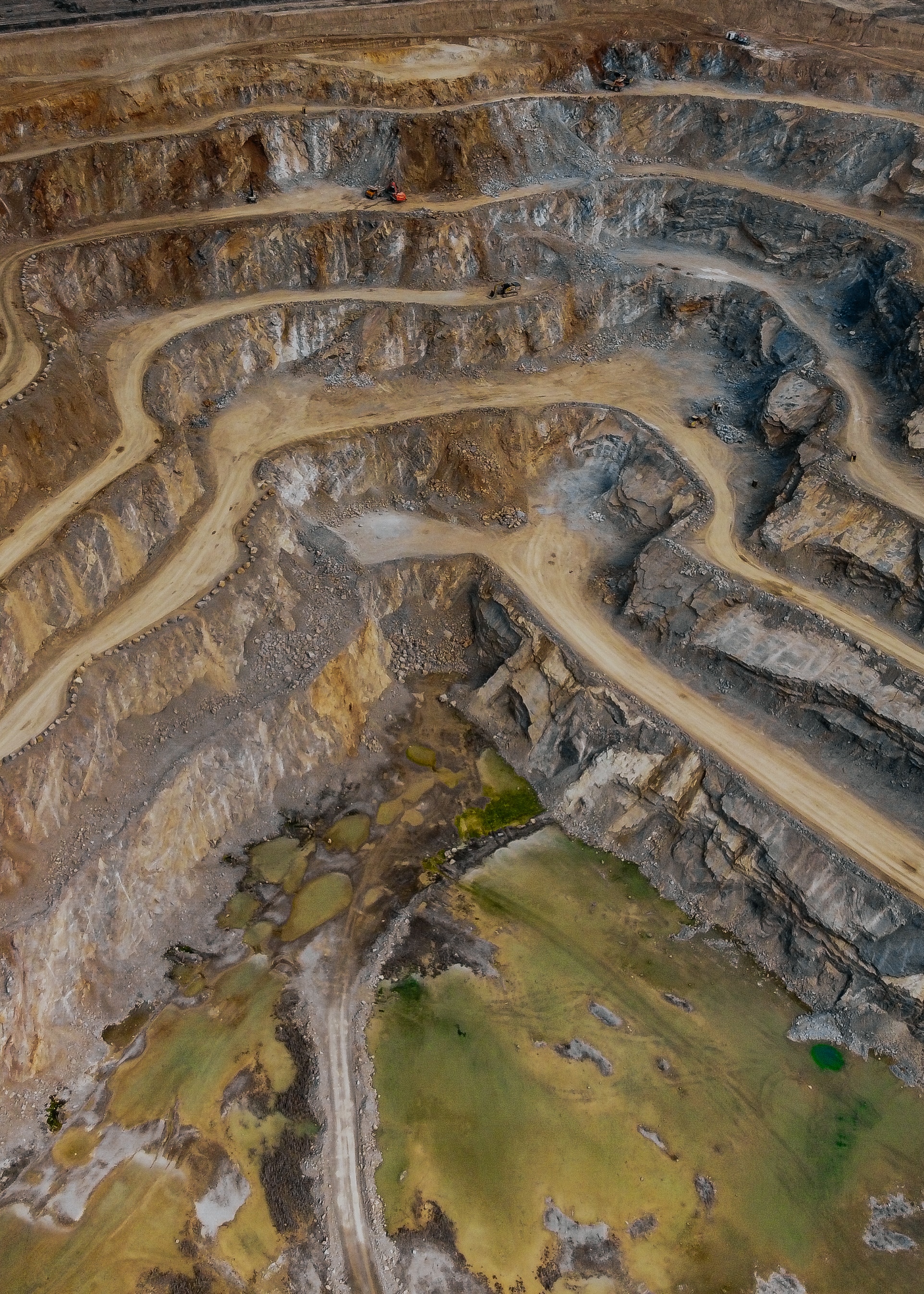“This is the biggest and most interesting challenge, discriminating between the individual rare earths, because they are so alike,” says Cotruvo.“We’ve taken a natural protein, which we call lanmodulin or LanM, and engineered it to do just that.”
The researchers first isolated lanmodulin in 2018, from a type of bacteria called a “methylotroph”.
They showed that the protein could separate lanthanides from other metals but was less effective at distinguishing them from each other.
The researchers went looking for similar proteins that might more discerning properties. They landed on a protein from the bacterium Hansschlegelia quercus, which they’d isolated from English oak buds.This protein could distinguish between lighter and heavier lanthanides.
“This was surprising because these metals are very similar in size,” says Cotruvo.
“This protein has the ability to differentiate at a scale that is unimaginable to most of us — a few trillionths of a metre, a difference that is less than a tenth of the diameter of an atom.”
It does this by pairing up. In the presence of lighter lanthanides, the protein “dimerises”: two proteins bind together to form a bigger molecule called a dimer. When it gets to heavier lanthanides, the pairing is much less strong.
The researchers used X-ray crystallography to determine which part of the protein was performing this function.With this data, they were able to use the protein to separate out neodymium and dysprosium, two key smartphone magnet components, at room temperature with just one step.
“While we are by no means the first scientists to recognise that metal-sensitive dimerisation could be a way of separating very similar metals, mostly with synthetic molecules, this is the first time that this phenomenon has been observed in nature with the lanthanides,” says Cotruvo.The protein still lacks some finesse. It can sort the lightest lanthanides from the heaviest, but it can’t yet distinguish between lanthanides that are close in size.
For instance, sorting neodymium (atomic number 60) from its next-door neighbour praseodymium (59) isn’t yet possible.
Cotruvo calls this the “toughest problem of all”, but thinks that with further optimisation it “may be within reach”.
The team has filed a patent application for the process and is now looking to commercialise it.
Source:https://cosmosmagazine.com/science/chemistry/protein-sort-lanthanides/

 English
English


